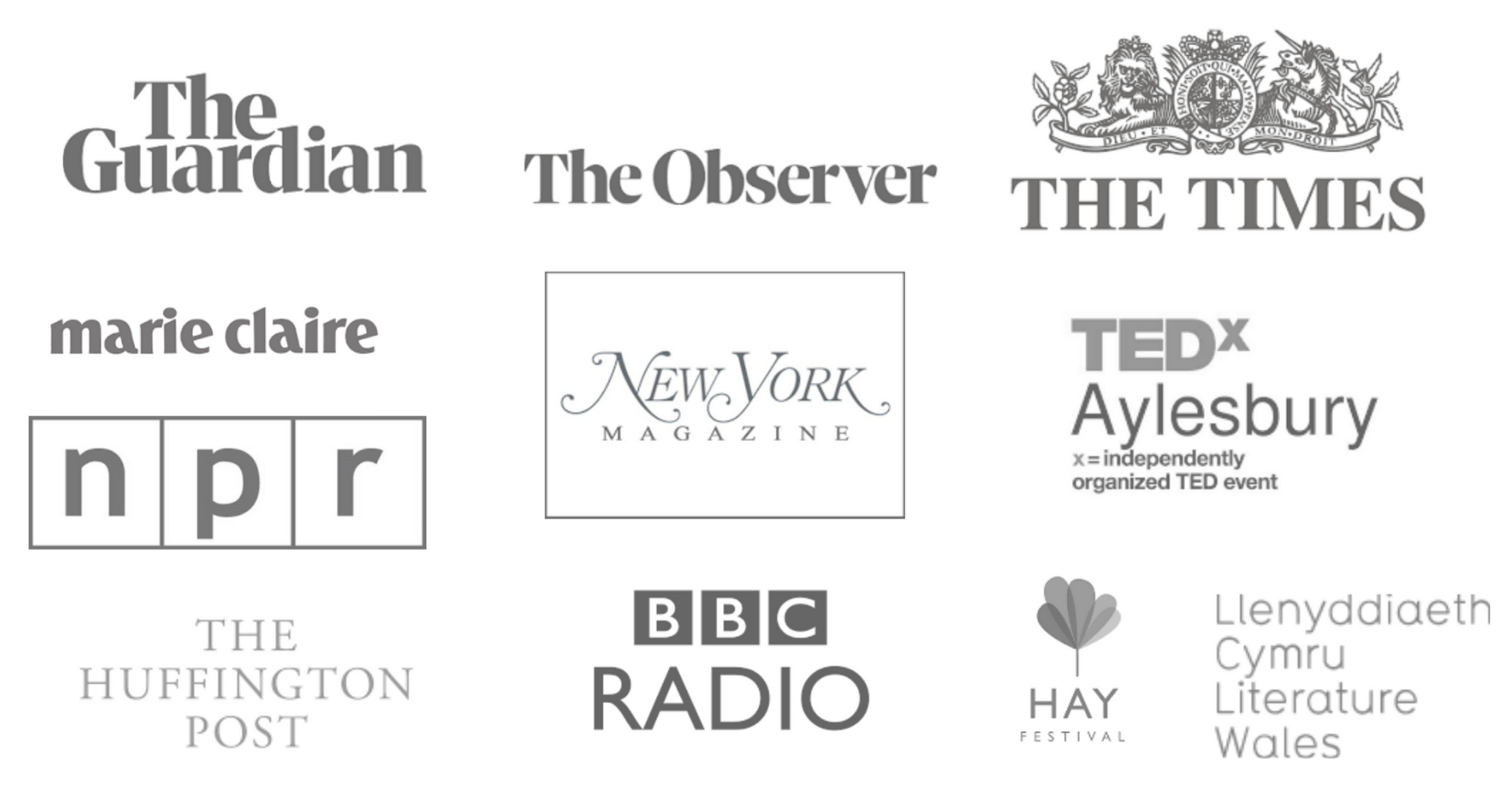Is Your Business Disability-Friendly? Creating Accessibility for All

When you are building a business, finding customers or clients and treating them well is usually a top priority, often being of service is why you got into business in the first place and without customers, you don’t have a business.
But did you know that many businesses are excluding thousands upon thousands of potential customers in your business every day (up to 6.9 million in the UK [1] and 56.7 million in the USA [2]), because the business isn’t accessible to people with disabilities.
Not only is this excluding potential customers and perpetuating inequality and prejudice, it’s also, in many cases, potentially contravening the law. Big stuff, big consequences.
How To Prepare For Every Type Of Disability
There are so many different types of disabilities that you may meet, just as there are so many different non-disabled customers with different needs. How do you prepare for them all? Well, realistically, you can’t prepare for every eventuality, ever.
But, you can prepare with the necessities that disabled people might need when entering your building, for example.
For example, let’s start with mobility access requirements.
Brick and Mortar Mobility Access
If you have a brick and mortar business, are you confident that people with mobility impairments can access it?
If not, what expert help do you need to get to make that possible? Please don’t just ask any disabled person you know, they aren’t your unpaid disability consultants and can’t be expected to know how to help you become fully accessible.
Have you ever borrowed a wheelchair and tried to access it? Can you reach the loo paper in the bathroom without standing up? Are there grab rails where they need to be? Can you look in the mirror over the sink if you are sitting down? Can you move around easily or do you knock over stacks of goods in narrow isles? Are you able to open your doors sitting down or when leaning on a stick or cane? If your doors need lots of effort to open them they may be inaccessible, try adjusting them so they are easier to move. Some businesses sadly seem to think that an accessible lavatory doubles as an employee storage area… uh, that’s not the case. We can do better than that.
If there are steps into your building, can you get a ramp fitted? If not, can you provide your customers access in another way, such as by online shopping or home delivery?
Many businesses have lifts alongside stairs which is wonderful but not all lifts are accessible to wheelchair users. The lift needs to be wide enough for a wheelchair, have a long enough delay on the doors closing for someone to enter the lift and it’s good to think about getting the most reliable lift maintenance service you can too.
You can contact a disability organisation or disability support group and get your building assessed for disability access by an expert, and if it’s a new build or new fitting, make sure your architects are up to scratch on disability access requirements.
Wording Matters
The lavatory doesn’t have a disability. It’s an accessible lavatory, please. Think about it; the lavatory isn’t disabled, it isn’t for ‘disabled people’ because disability isn’t a gender. It’s a lavatory that’s accessible, so let’s call it that.
Talk to the person, not the disability. It’s often a good idea to use ‘people first language’, so speaking to a ‘person with a disability’ rather than a “disabled person” or (worse), a “handicapped” person (very offensive) or “the disabled”.
On that note, we don’t “suffer” from disabilities, and aren’t “bed or wheelchair ridden” and not “confined”. Thankyouverymuch.
Talk to the person, not the carer/companion.
Vision Needs
It may be cool and atmospheric but having a dark environment can make things very difficult for visually impaired customers. Keep your business bright and have clear signage. Make sure any steps or edges are marked with a high visibility contrasting colour to prevent trips and falls and make sure all paths, inside and outside are clear of obstructions.
Online Access
If you want to check out my accessibility statement for Trailblazing Wellness (Un)Ltd, it’s in the footer of this site. Have a look and if you have any suggestions for improving access, please do let me know.
Please, for love of all that is holy, stop using the alternative text field in your website images to put in a Pinterest Caption, it’s not there for your Pinterest needs, it’s there so people with vision impairments can still access the information. Thank you.
List your businesses access on your website. Let people know if you have an accessible lavatory, if you have level access or well-lit premises and clear signs. Often, these things can’t be assumed, so it’s great to know a business is accessible and to let ALL your customers know they are welcome. (We haven’t yet touched on things like translations, non-binary gendered lavatories or cultural awareness but they are important too, and not forgotten.)
What Else Needs To Be Considered?
Everything your business does, from how it carries out fire drills to training programs needs to be accessible to everyone. Additionally, disabled people carrying out a specific role may need a tailored manual and set of requirements.
What About The Rest Of Your Employees?
Unfortunately, disability is still all too often a taboo topic and your staff may need support in how to serve customers in an accessible way. You want happy staff and customers, so training in access issues allows confident service to all customers including those with access needs. That’s why it’s important for employees to be educated effectively before the person joins the company. This training material should also be implemented into future training for new employees.
‘Never assume’ is often said to be one of the first rules of disability awareness. Asking if someone needs assistance, not assuming and acting on their behalf is basic politeness.
It’s important that employees are prepared to serve customers who are Deaf or have vision impairments as well as those who may have difficulty speaking. Knowing that people with communication difficulties may need extra time to make a request or ask a question can allow staff to dedicate the time the customer needs and even invite them to a quiet area or to use a pen and pad to write a request if this is required.
(Obviously it’s beyond the scope of this blog to cover all the issues, this is just a starter, and I’m just one woman with disabilities, not an architect or access expert).
What action are you going to take today towards making your business disability friendly?




